Utility bills guide – how to handle household expenses
Use this utility bills guide to get more savvy with your spending and save money

The cost of living is heading only one way at the moment, and sadly, that’s up. And while you may be able to identify things you can cut back on – that scented candle habit, for one – utility bills can often feel like they’re set in stone.
But while it’s true that we have little control over wholesale gas prices or what an individual electricity supplier may charge, there are ways you can get to grips with your household bills and significantly cut your utility bills.
Like any household expense, you need to know which measures you can take that’ll effectively save you money. Cutting your household bills shouldn’t have to mean you sit in a cold dark room, stop showering (!) or refrain from flushing the toilet. But there are things you can do which will have a real impact on your finances, especially when you're trying to keep your house warm in winter in the midst of an energy price hike.
We’ll talk you through everything you need to know to make sense of your utility bills. From ways to set up payments that best suit your household, to handy hints for keeping on top of those finances, we've got it covered, leaving you more cash to spend on home comforts like candles and cushions.
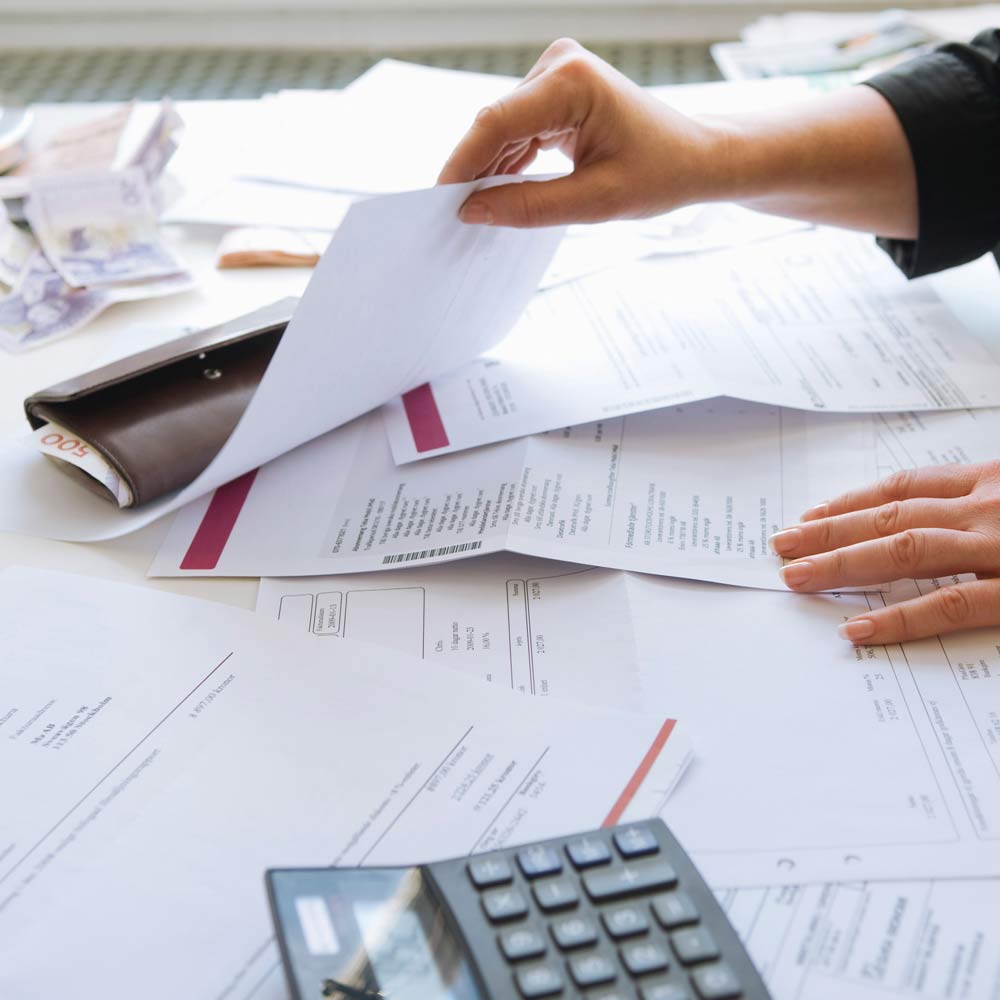
What are utility bills?
When we talk about ‘utilities’, we usually mean those things we use every day in order to keep our homes working and comfortable. Typically these are electricity, gas and water.
A utility bill is the charge and breakdown of costs that the company or supplier who provides your electricity, gas, water, and so on, sends you. How often you receive a bill from your supplier will depend on what you originally agreed to when you first signed up with them.
As with many other service industries, utility suppliers have moved towards billing their customers online. Typically, an email or text message will remind you when your bill is ready to view. Depending on your individual energy supplier, you can opt for paper statements and household bills to be sent by conventional post.
Generally, whoever’s name appears on a bill is the person (or persons) who are legally responsible for paying that bill. If you are in a rented property it should be laid out in the tenancy agreement where the individual responsibility lies regarding the various household costs and expenses you might incur.
Are phone and broadband utility bills?
In this day and age, broadband is needed for working from home, accessing TV channels, controlling smart home devices such as heating and lighting, and more. So it's understandable that many consider a broadband to be a utility bill.
You might also, depending on your own particular home setup and where you live, identify other household bills as being ‘utilities’. These might include your landline costs, waste collection and other forms of energy, for instance, oil.
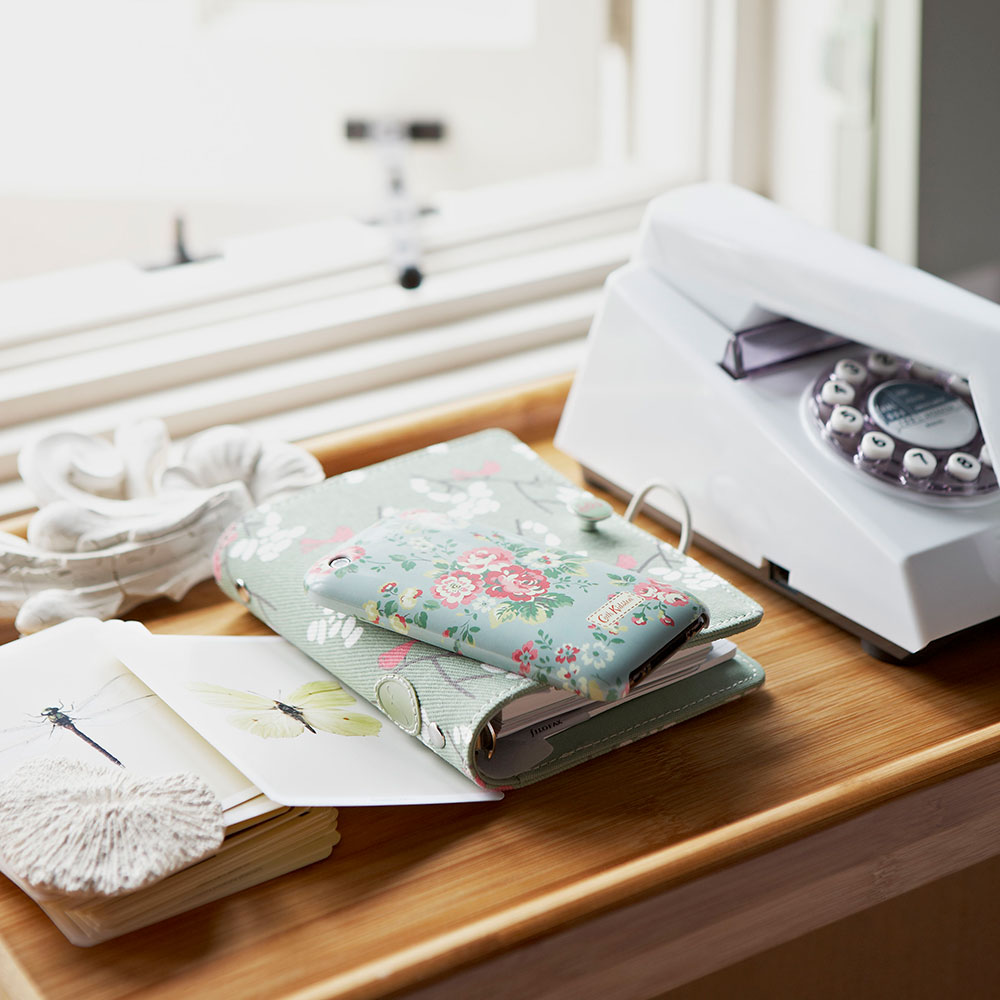
How do I set up utility bills?
When you move property or are switching suppliers, it’s vital to get your billing set up properly from the outset. Knowing beforehand what you’re expected to pay and when can help avoid any nasty surprises. Should you encounter a problem relating to your utility usage at any point, it’s good to be able to refer back to what you originally agreed to.
To set up your utility bills, follow these simple steps...
1. Find out who your current gas and electricity suppliers are
It’s most likely the previous occupier (or landlord) will have contacted the supplier to tell it that they were moving, so you should receive a letter from the supplier requesting your details. If not...
To find out your gas supplier
If you need to know your gas supplier, you can contact the meter number helpline on 0870 608 1524. Those renting a property should be able to get this information from the landlord or letting agent.
To find out your electricity provider
Your first step is to use the 'find your energy network operator' tool on the Energy Networks Association website. Simply pop in your postcode, and it will give you the phone number and email of your network operator. You can then get in touch with your operator and they will tell you who your supplier is.
2. Take a meter reading
‘When you move into a new home, you'll immediately become responsible for the bills.' says Gareth Kloet, energy expert at GoCompare. ‘Taking a meter reading will allow the energy supplier to know exactly when you took over those bills. It's a good idea to take meter readings and inform your local water company on the day you become responsible for that property.'
'It's a good idea to set up a monthly direct debit, although you can also choose to pay quarterly in most instances.'
To find your meter
Locating your electricity or gas meter should be relatively straightforward. They can be inside or outside a property. If outside the property, they’re usually found inside a plastic or metal cupboard positioned against the exterior wall.
The locations of meters inside a property can vary depending on the age and layout and whether the property has had any alterations to layout or modernisation.
Typically, meters will be housed somewhere inconspicuous – look out for small hatches or cupboards positioned low against a wall. Another good place to look is near the front door or (if you have one) an understairs cupboard.
Note that you may well have a smart meter in which case you shouldn't have to look far or hard at all!
To take a meter reading
- Your meter will have either one or two counters of numbers. Write down one or both accordingly.
- Write down the first 5 numbers shown from left to right. Ignore any numbers in red.
- If there are two sets of counters, also write down the first five numbers of the second counter, ignoring any numbers in red.
- Ignore any other numbers.
It’s worth taking a photo on your phone of the meter with the digits clearly displayed at the time of taking the reading. The photo will also have a date associated with it, which is useful should you ever have to refer to it.
3. Make a note of your meter number
While you take your reading, take a note of your meter number. These are usually a combination of letters and numbers and identify and link your home to your supply. They are slightly different formats for electricity and gas.
For electricity, it should read: MPAN – Meter Point Administration Number (sometimes known as ‘supply number’ or ’S number’).
For gas, it reads: MPRN – Meter Point Reference Number (also referred to as an ‘M number’).
4. Investigate the best tariffs for you
Before you contact your existing supplier(s), visit a comparison website and find the best deal to move to. You may find your existing supplier offers the best rate, or you made decide you want to move. Or you could try and negotiate with your existing supplier to price match' any better deal you find.
‘There are a bewildering amount of tariffs in the market,’ says Gareth from GoCompare. ‘Fixed rate tariffs, variable rate tariffs, green tariffs, tariffs that match your meter type, for instance, SMART meter, prepayment or standard or economy 7, as well as others that require you to change your meter to qualify for them.’
‘We'd always therefore suggest using a price comparison website to help you navigate your options,’ he says, ‘this will also help narrow down your choices, which is especially helpful if you've just moved into a property or if you’re interested in switching to a “Green” tariff.’
‘Price comparison sites will list all of the options available to you in best price order but if “Green” is important to you, they'll also help you identify these tariffs.’
‘Usually,’ continues Gareth, ‘the SVT (Standard Variable Tariff) is the supplier's most expensive tariff but recent market changes and the cost of wholesale gas has resulted in the SVT price being cheaper than many fixed rate tariffs, simply because they are protected by the Price cap (which does not apply to fixed rate tariffs).’
If you're still unsure about standard variable versus fixed rate tariffs, then we've got an in-depth explainer ready for you.
5. Contact your current utility provider
Armed with all the best rates available – and as soon as you can – get in touch with your utility supplier. You can then provide them with an initial meter read and confirm your meter numbers. Also, if you have any particular queries about the type of meter you have installed, they should be able to answer your questions.
Then you can either cancel your supply or negotiate a new tariff.
How do I pay my utility bills?
There are lots of different ways to pay your utility bills which can be tailored around your own specific circumstances. It’s important to find the right method for you so that your household bills are manageable and paid on time.
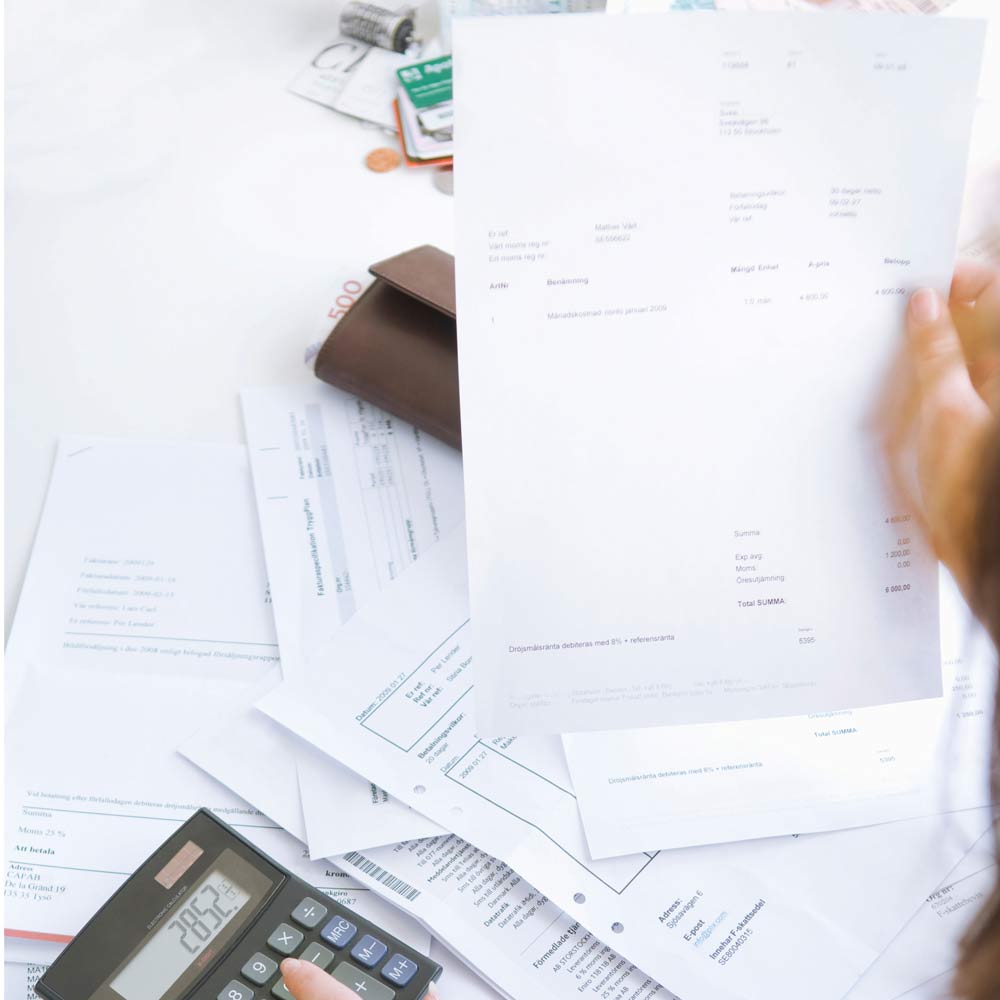
How do I pay my electricity bill?
Electricity suppliers are legally obliged to offer a variety of ways to pay your bills. These include:
- Online or via mobile app. You pay via your provider’s website. You’ll need to register for a login and provide your credit or debit card details. Most companies also offer mobile apps through which payments can also be made.
- By phone. All providers will accept payment over the phone via a dedicated number. Make sure that the number you are calling is the same one listed on their website and/or on your bill. Do not give your credit or debit card details to any cold callers purporting to be from your supplier.
- Direct debit via your bank. You can set this up with your bank or your supplier (via an instruction to your bank). This authorises your bank to take money from your account each month or quarter to pay your bills.
- Prepay. If you have a pay-as-you-go meter installed in your home, you can top up with credits bought online or at your local corner shop.
- Smart pay as you go. Request for a smart pay-as-you-go meter with your supplier. This allows you to top up without having to access your meter. You can keep an eye on your remaining credit via the portable home screen and top up online.
- Cash or cheque. Go to your bank in person and pay your bill in cash or by cheque. Alternatively, you can send a cheque for payment through the post to your supplier. Check on your bill or online for the correct address. It’s never advisable to send cash through the post.
How do I pay my gas bill online?
In order to pay your gas bill online the first step is to register for an online account. Instructions on how to register should have been given when you first joined your supplier as a customer.
If you don’t have that information, head to the homepage of your supplier. There should be a login section near the top of the page where you’ll be asked for your login details or alternatively, offered the opportunity to register. To complete the process you’ll need your account number and may be required to fill in the details of your method of payment.
Once registered, paying your bill is straightforward. You log into your account and go to the section usually marked ‘Pay a bill’. When prompted, enter your credit or debit card details along with the amount you’re choosing to pay.
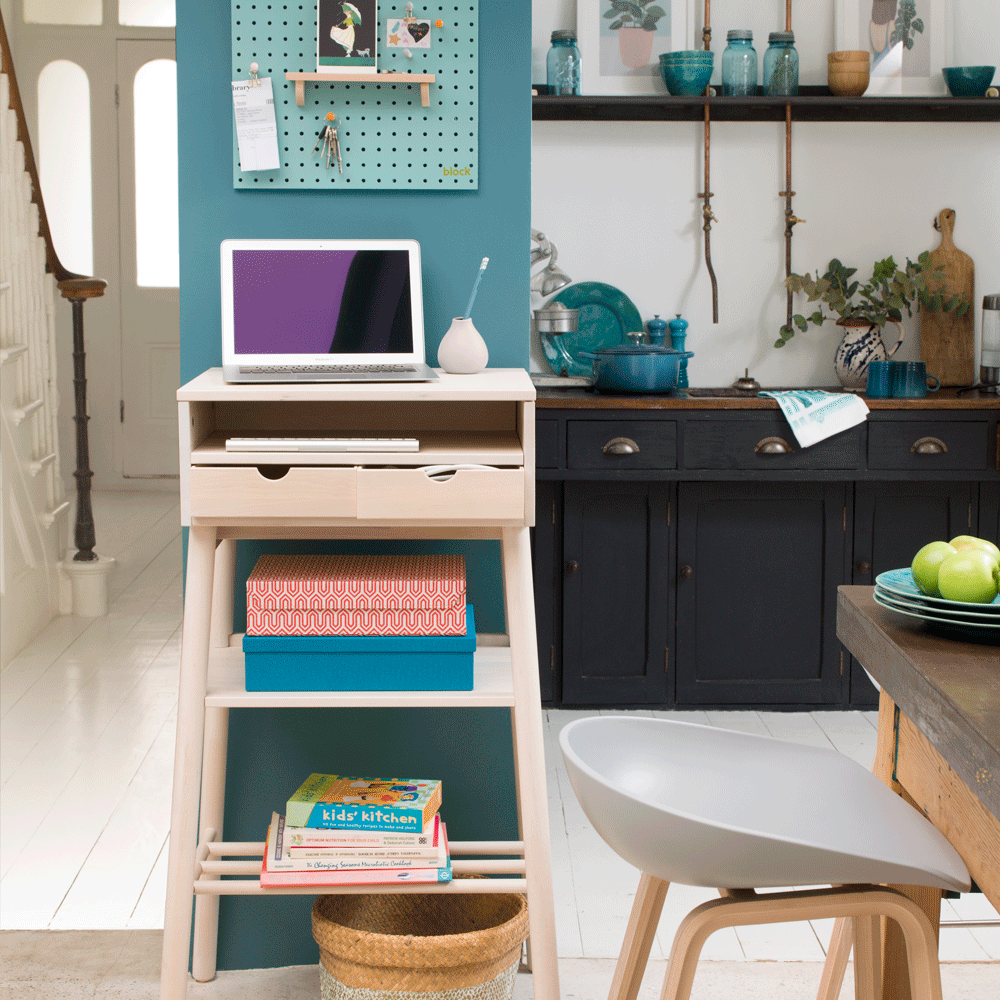
What can happen if you don’t pay your utility bills?
If you fall behind in paying your utility bills, the debt can mount up very quickly. If you’re finding it difficult to make your payments on time you should contact your supplier. Most companies should be able to offer some form of payment plan. This will usually be tailored so that you pay off the outstanding debt and continue to pay towards any future bills.
It’s also worth bearing in mind that non-payment of a utility bill can impact your credit score – making it more difficult for you to gain credit or other financial services like mortgages or other loans.
Your supplier has a number of measures available to them to reclaim the monies they’re owed. These can include contacting you by phone, referring your case to a debt collection agency and in some cases taking you to court. In certain extreme circumstances, bailiffs could be ordered to appear at your property to remove items to the value of the debt owed.
What are the best ways to manage my bills?
There are a number of things you can actively do to help keep your utility bills down and prevent them getting on top of you.
1. Set up reminders on your phone
If you don’t have a Direct Debit set up, an easy way to keep an eye on household bills is to set up a monthly reminder on your phone.
2. Find ways to cut your bills for free
Rather than just crank up the thermostat when you're chilly, try some energy saving tips to keep warm cost-effectively. From putting on a jumper to rearranging the furniture, there are all sorts of cheap or even free solutions to keep your house hot and bills down.
3. Switch suppliers
‘If you're already on a fixed rate deal, we'd typically recommend waiting until that deal finishes before shopping around,’ says Gareth from GoCompare. 'That's because exiting early usually attracts an exit fee.'
‘However, if you're a new home owner, you'll be automatically put onto the current supplier's default tariff (their SVT) and therefore free to shop around at any time.'
As the tariff name suggests, this is a variable tariff which means your supplier can either increase or decrease the price you pay per unit or the standing charges. However, these fluctuations in price are limited by the Ofgem price cap that forces energy companies to not charge more than a maximum unit price.
Often, if you don’t switch or re-negotiate a new fixed rate or payment period with your supplier, you’ll revert to the suppliers standard rate – which can end up costing you a lot more than you otherwise would pay.
‘Normally we would suggest switching energy suppliers for a better deal,’ explains Gillian Cooper, Head of Energy Policy for Citizens Advice. 'But the situation is very difficult at the moment and there aren’t a lot of good deals out there. We’re advising people to stick with their existing supplier for now.’
‘Given the current situation in the domestic energy market, the cheapest option for anyone moving into a new property is to remain on the SVT,' advises Gareth. 'This is subject to the price cap, which will be £2,074 from July 2023.’
4. Check if you’re entitled to any benefits or grants
‘There’s some financial support available for paying your energy bills, depending on your situation,’ suggests Gillian from Citizens Advice.
‘For example,’ she says, ‘if you’re a pensioner with a low income, or receive Universal Credit or other means-tested benefits, you may be entitled to the Warm Home Discount. This will give you £140 a year to go towards your bills. If you think you may be entitled to this, contact your supplier to find out how to claim.’
The Government recently announced a £500m fund to support households this winter. Keep a look out for announcements about how this could help you. In England, it will be distributed by local authorities. In Wales and Scotland, it will be decided by the Government.’
5. If you’re still struggling to pay your bills...
‘Speak to your supplier in the first instance,’ advises Gillian. ‘They’re obliged to help you come up with a solution. It’s also worth checking whether you’re eligible for financial support, such as the Warm Home Discount.'
If you need further support, have a look at the Citizens Advice website or contact the Consumer Helpline on 0808 2231133 for free, confidential advice.’
Get the Ideal Home Newsletter
Sign up to our newsletter for style and decor inspiration, house makeovers, project advice and more.

Ginevra Benedetti has been the Deputy Editor of Ideal Home magazine since 2021. With a career in magazines spanning nearly twenty years, she has worked for the majority of the UK’s interiors magazines, both as staff and as a freelancer. She first joined the Ideal Home team in 2011, initially as the Deputy Decorating Editor and has never left! She currently oversees the publication of the brand’s magazine each month, from planning through to publication, editing, writing or commissioning the majority of the content.
-
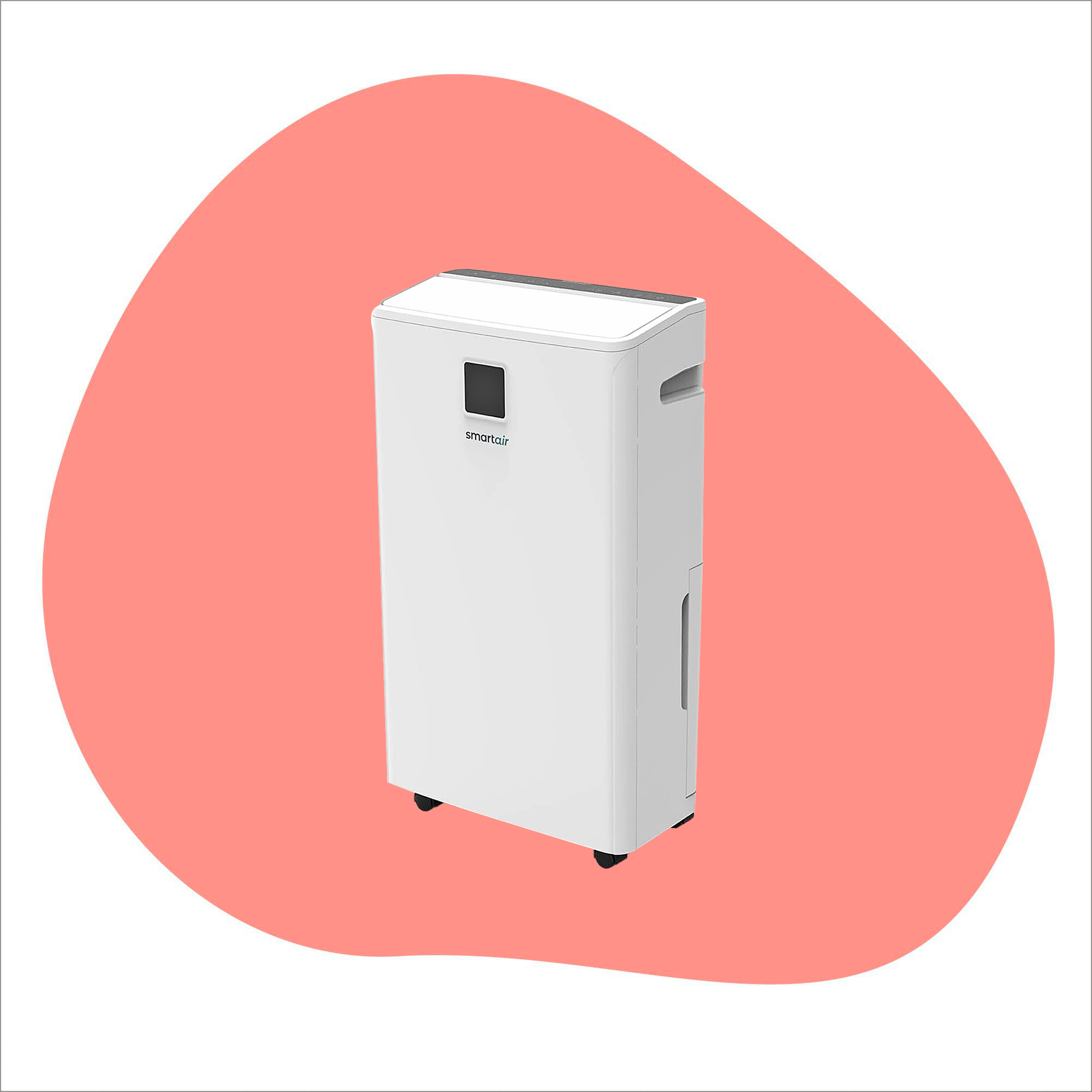 I tried out this neat little dehumidifier for a month – it dried my laundry in half the time
I tried out this neat little dehumidifier for a month – it dried my laundry in half the timeThe 20L SmartAir Dry Zone dehumidifier tackled my laundry drying woes head on
By Jenny McFarlane
-
 I’m seeing pastel garden furniture at all my favourite brands this spring, but QVC’s sorbet collection impressed me the most
I’m seeing pastel garden furniture at all my favourite brands this spring, but QVC’s sorbet collection impressed me the mostFresh pastel shades are a great way to liven up your outdoor space
By Kezia Reynolds
-
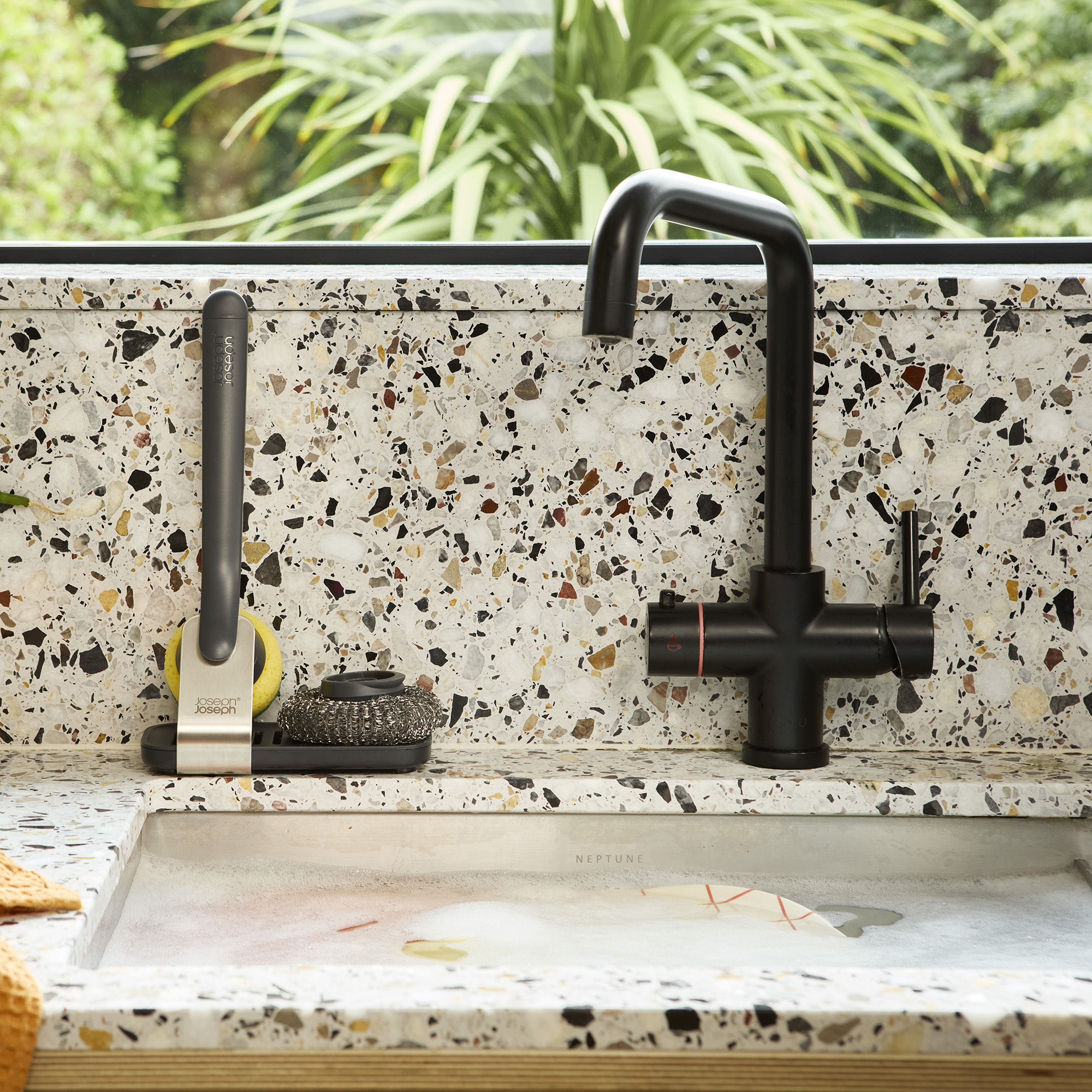 Don't tell my flatmates, but Joseph Joseph's clever new sink range finally made me enjoy washing up
Don't tell my flatmates, but Joseph Joseph's clever new sink range finally made me enjoy washing upI didn't know stylish washing up accessories existed until I saw this collection
By Holly Cockburn